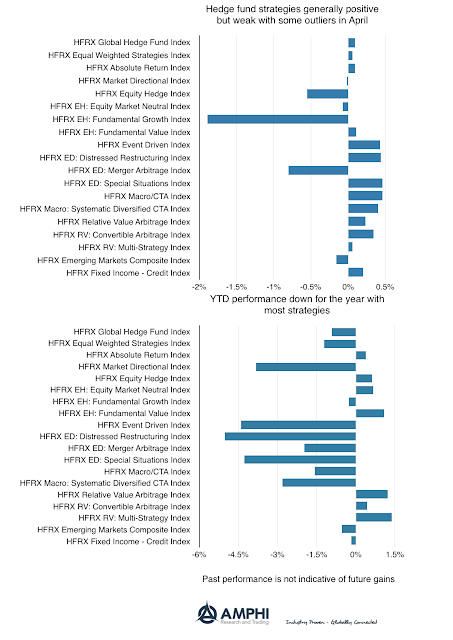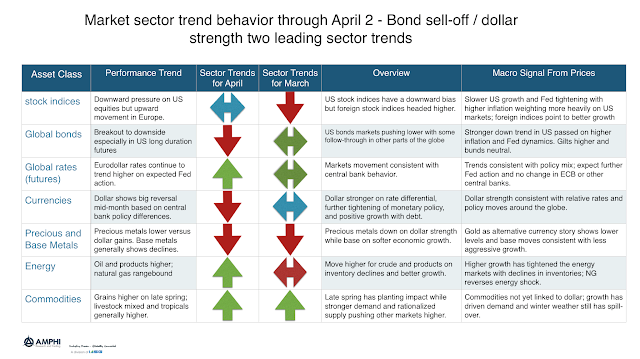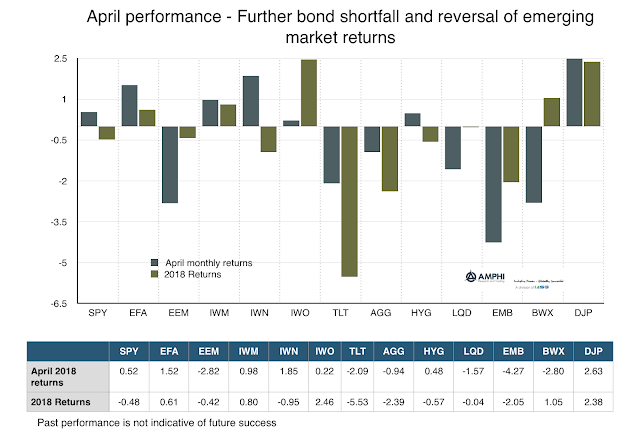
Mark Rzepczynski, Author at IASG
Prior to co-founding AMPHI, Mark was the CEO of the fund group at FourWinds Capital Mgmt. Mark was also President and CIO at John W. Henry & Co., an iconic Commodity Trading Advisor. Mark has headed fixed income research at Fidelity Management and Research, served as senior economist for the CME, and as a finance professor at the Univ. of Houston Baer School of Business.

Global Macro Investors Need to know the Liquidity Environment – Global Liquidity Shortages and International Recessions
A focus of global macro investing is looking for general factors which can have an impact across markets and countries but are displayed slowly in cross-asset relationships. Macro traders watch closely global and local financial conditions such as monetary liquidity as good indicators for potential switches between risk-on and risk-off environment. They also look for changes in credit conditions as a signal of potential shocks across local financial markets.

Information Usage and Decision-Making as a Classification Scheme
How do you classify global macro firms? There are a wide variety of hedge funds that call themselves global macro so a classification scheme may help distinguish possible return patterns.

Living in a VUCA World – This is the Core Problems for Investors
Most investors cannot clearly articulate why investment management is so hard. There is the superficial response that it is hard to beat a benchmark, but there is less discussion on why. Of course, costs are very relevant but the difficulty is also associated with the environment faced by investors.

Has Bitcoin Futures Saved Bitcoin Trading?
I have been studying the impact of futures on cash markets for decades, so I was very interested in the new short piece of research, “How Futures Trading Changed Bitcoin Prices” FRBSF Economic Letter 2018-12 May 7, 2018 that was published this week.

Mind the Gap – Simple Global Macro Relationships to Watch: Policy Differentials
Simple frameworks are effective with global macro investing. They set the tone for discussion and focus attention on the big issues. Look at the monetary/fiscal policy mix across countries to get a good feel for macro imbalances. These imbalances tell us something about current growth and future policy. Policy gaps are intended to close output gaps.

Is Investment Management a Science – Use the “Narrativeness” Test
“Narrativeness” may be defined as the quality that makes narrative not merely present but essential. It comes in degrees, and there are narratives without narrativeness. Since the time of Leibniz, Western thought has favored models in which abstract scientific laws would ideally account for everything in nature and society (the ideal of a social science) and in which narrative would therefore be, at best, merely illustrative. But a number of thinkers have presented forceful arguments that such an ideal of knowledge is a chimera. Darwin, Dostoevsky, Tolstoy, and others have insisted in the ineluctable need for narrative because genuine contingency exists and time is open.

The Five “Whys” and Investment Management – Finding the Root Cause
I came across in some old papers the Toyota Industries solution to finding the root cause of problems, the 5 whys. It is a simple and useful tool. Sakichi Toyoda, the father of Toyota Industries, developed this technique to solve manufacturing problems, but it could easily be applied to any investment problem or due diligence issue. Ask why five times.

Some Sector Dispersion within Equities but Fixed Income Down Across the Board
There could be a desire to look for special patterns within April performance, but the only clear theme is the risk associated with holding bonds during a rising inflation expectation and tightening Fed environment. These issues spill-over to the dollar which affected affects the performance of international stocks.

Hedge Fund Performance Positive, but Weak for April – Most YTD Returns Underwater
Most hedge fund strategies were positive for April, but the average return was less than 50 bps. There were two negative outlier strategies with fundamental growth and merger arbitrage. Generally, the higher monthly volatility and dispersion created a mixed environment for return generation. Year to date returns suggest that it has been a difficult four months for most managers with average loses much larger than the average for the winners and only 7/19 strategies producing positive returns.

The Sell-Off of Bonds and Dollar Strengthening are the Two Leading Trends Expected for May
Our sector trend indicators, a combination of different trend length directions added across markets within a sector, show some significant changes from last month. This represents opportunities for May but also why some managers showed mixed performance for April.

Call It the Revenge of the Safe Asset – Bond Returns Decline
Call it the revenge of the safe asset. Bonds, especially on the long-end, continue to see a sell-off on a surge in inflation and the continued view that the Fed will not change their rate hiking program. This decline has been coupled with generally weaker performance in equities which has led to higher correlation between equity and bonds. The correlation measurement, which is backward-looking, still is negative between stock and bonds but it has risen from previous lows. This increase reduces the “safety” effect associated with bond diversification which has been the “free lunch” for many investors. This will be a growing problem if it continues. Investors will have to make portfolio diversification changes.

Improving Global Macro Investing – Monitor and Understand Financial Conditions both Globally and Locally
What is the most fundamental lesson learned for investors from the Financial Crisis of 2008? It is simple and in the name. We don’t call 2008 the Great Recession. We call it the Financial Crisis. Financial conditions matter more than what we have thought in the past. If money and credit is the oil that runs the engine of commerce, then financial conditions measure the efficiency of the wiring.

The Battle with Ambiguity – It is Constant within Investment Management
…Choices in situations of extreme uncertainty, which I termed “ambiguity”: sparse information, unprecedented or unfamiliar circumstances, lack of reliable frameworks for understanding processes, conflicting evidence of testimony, or contradictory opinions of experts….I felt that existing theories of appropriate behavior (“rational choice”) in these circumstances were inadequate, in fact misleading…